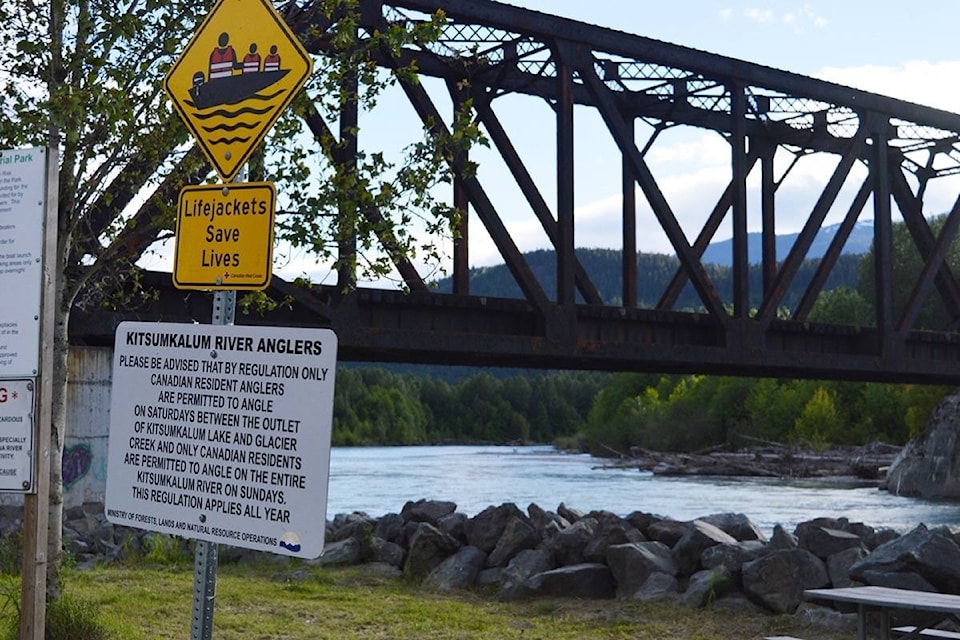The Kitsumkalum fishery that sparked conflict on the Skeena River early this week, wrapped up on Wednesday and the band was disappointed by the lack of respect shown by some anglers.
Mark Biagi, Kitsumkalum wildlife and fish operations manager, says some anglers were downright racist.
“We got guys running over our nets, we had guys threatening to come back with a posse to beat up our fishermen on the beaches, we got total interference with our fishing capabilities,” said Biagi.
Online was where it was worst, he said.
“The rhetoric and the racist comments that came out on the website, indicated that racism is alive and well in Terrace,” he said.
But Biagi also acknowledged that it was not everybody who was disrespectful.
“I’m not saying everybody. There were a lot of recreational fishermen that were respectful of what Kitsumkalum was doing, or what Kitsumkalum asked for,” he said, adding that the negative comments really reflects badly on Terrace.
And though some anglers felt the Kitsumkalum fishery was a threat to Skeena chinook stocks, the reality is that the idea is false.
Chinook numbers do appear to be low in the Skeena this year, and that’s why fishing has been limited, but Department of Fisheries and Oceans (DFO) director Colin Masson said chinook populations are not a serious concern.
“We know that the chinook stocks in the Skeena have been taking a downturn, but not at a critical stage,” said Masson, noting that the main concern is the numbers of chinook in smaller streams.
That estimation is based on last year’s post-season numbers, as in-season counts for chinook are considered unreliable.
“[Chinook] stocks that spawn in the larger tributaries like the Kitsumkalum, the Morice, the Bulkley, and the Babine… appear to be doing not too bad,” said Masson.
Because of this, chinook was considered a good replacement for the Kitsumkalum and other First Nations to harvest instead of sockeye.
And though some anglers accused Kitsumkalum of damaging chinook stocks, setting nets at the mouth of the Kitsumkalum doesn’t damage populations any more than other fishing.
That area of the river is regularly fished by both recreational anglers and First Nations during the season, right up until Aug. 7 when it closes to protect spawning.
And recreational anglers catch more overall than the Kitsumkalum.
Biagi says the Kitsumkalum were hoping to catch 200 over the weekend, but they only caught 30.
In contrast, DFO estimates that recreational anglers catch between 4,000 to 6,000 chinook in the lower Skeena during an average fishing season.
